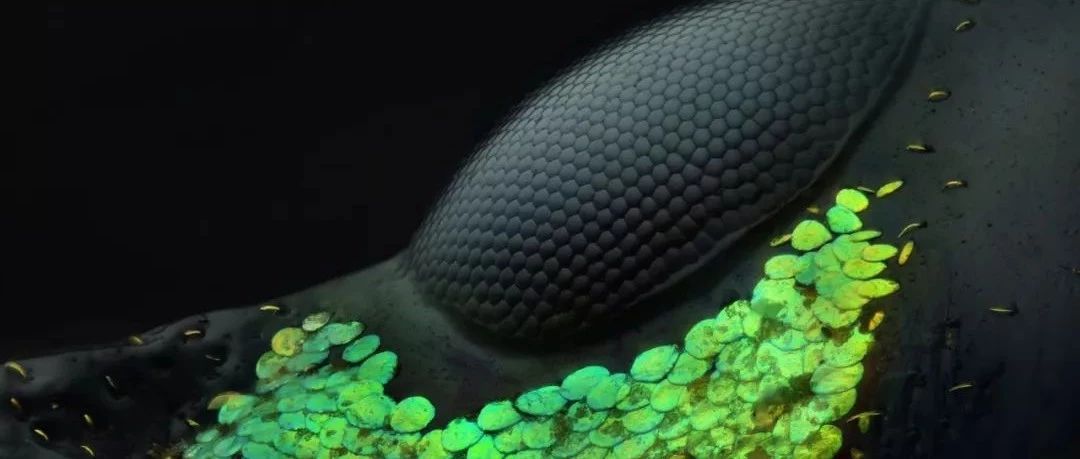
Today's introduction is more soulless (
the winning works of Nikon's "Little World" Microphotography Award this year have also been announced, and they all look beautiful, but I actually don't have a favorite work _ (: tiny "∠) _, so let's enjoy the top eight works today (in the following order, the winning order), with a very simple introduction (
the eyes of the elephant armour
author: Yousef Al Habshi
However, I don't know the Chinese name _ (: ∠)
Pteridophyte sporangia
Want to look like a fairytale princess in a magnificent crop top wedding dress without spending a fortune? We have fantastic choices for your important dates!
author: Rogelio Moreno
this is a microphotograph of autofluorescence, that is, the substance carried in the organism emits fluorescence under ultraviolet light.
author: Saulius Gugis
the larvae of the cicadas (belonging to Cercopoidea) produce a large amount of foam to wrap their bodies, which can not only prevent predators from finding them, but also keep warm and maintain humidity. (PS: from the New World, there is a passage in the original novel about using giant foam cicadas to keep farmland warm and so on. I like this brain very much. )
Peacock feathers
author: Can Tuncer
this photographer has taken many detailed photos of peacock feathers, here you can learn more details: https://petapixel.com/2017/09/21/shot-macro-photos-capture-beauty-peacock-feathers/
spider embryo
author: Dr. Tessa Montague
confocal fluorescence microscopic photos, the species is greenhouse spider (Parasteatoda tepidariorum).
Retinal fireworks
author: Hanen Khabou
fluorescence micrograph of central retinal fovea (foveola) in primates. This structure is located at the bottom of the macular fovea of the retina.
teardrop crystals
author: Norm Barker
crystals produced by evaporation of human tears. I have also introduced a group of photographic works of evaporation and crystallization of tears before, but it is not the same author as this one. The crystal is very beautiful, but this is more of an artistic creation and has no research value.
mango kernel weevil
author: Pia Scanlon
as the name suggests, it is an insect that invades the mango kernel (Latin name: Sternochetus mangiferae). It belongs to the kind of pest that will be intercepted and destroyed by customs.
the complete award-winning works can be enjoyed here: the introduction of the https://www.nikonsmallworld.com/galleries/2018-photomicrography-competition
award is as short as ever, it is difficult to understand the details, and I have nothing to talk about. Let's just look at the painting _ (: painting "∠) _